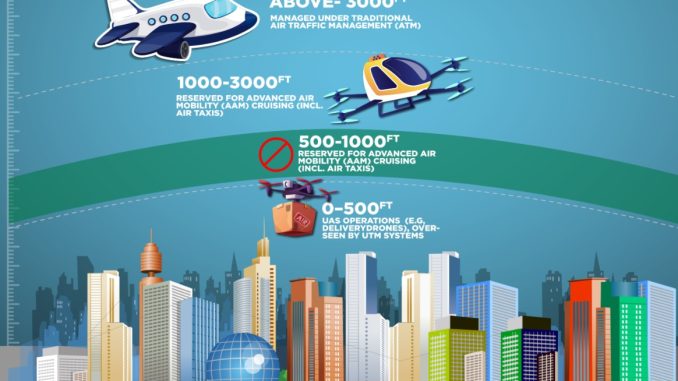
“The initiative, overseen by the Council for Autonomous Systems, aims to create data-driven, simulation-based regulations that ensure the safe integration of crewed and uncrewed aerial vehicles into national airspace,” according to WAM. “It includes the development of air corridor models and operational standards for emerging technologies such as air taxis and drone logistics, making the UAE one of the few countries to pilot such advanced frameworks.”
Field simulations are currently being conducted across Yas Island, Zayed Port, and Abu Dhabi International Airport, chosen as testbeds for future vertiport hubs, said the report. “These tests, supported by advanced modelling tools developed in partnership with the California Institute of Technology (Caltech), analyse wind patterns, safety limits, and flight dynamics to inform future airspace designs.”
Eng. Aqeel Ahmed Al Zarooni, Assistant Director-General for Aviation Safety Affairs at the GCAA, said: “As aviation continues to evolve, our regulatory frameworks must evolve with it. Through this collaboration with TII and ASPIRE, we are laying the foundation for the safe and scalable integration of next-generation aerial mobility, ensuring harmony between manned and unmanned air traffic systems in support of our vision for smart, connected cities.”
Dr Najwa Al-Araj, Chief Executive Officer of the Technology Innovation Institute, said that technology alone is not enough to achieve a true breakthrough in urban air mobility; it must be accompanied, according to her, by forward-looking regulations that address the complexities of autonomous flight.
Andrew Strefford, Executive Director at ASPIRE, said that urban air mobility is not solely about new technology, but also about trust and safety. “Policies and regulations are therefore essential to its adoption. What we are establishing in Abu Dhabi lays the foundation for global confidence in how future cities will communicate and operate their urban and suburban airspaces, opening up new economic opportunities across mobility and logistics sectors,” he added.
The project’s four workstreams cover the design of safe air corridors, vehicle separation standards, coordination between traditional and unmanned air traffic management, and regulatory advisory support.
For more information
https://www.wam.ae/en/article/15v6vg2-uae-advancing-global-regulatory-standards-for

